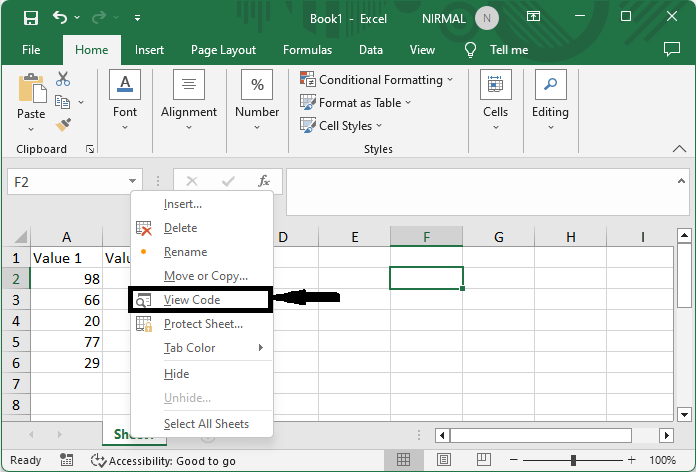
 Data Structure
Data Structure Networking
Networking RDBMS
RDBMS Operating System
Operating System Java
Java MS Excel
MS Excel iOS
iOS HTML
HTML CSS
CSS Android
Android Python
Python C Programming
C Programming C++
C++ C#
C# MongoDB
MongoDB MySQL
MySQL Javascript
Javascript PHP
PHP
- Selected Reading
- UPSC IAS Exams Notes
- Developer's Best Practices
- Questions and Answers
- Effective Resume Writing
- HR Interview Questions
- Computer Glossary
- Who is Who
How to Extract Cell Reference from Formulas in Excel
Millions of people and organisations use Excel, a robust spreadsheet programme, to organise and analyse data. The capacity of Excel to execute calculations using formulae is one of the primary characteristics that contribute to its versatility. Excel formulas let you work with data, conduct a variety of mathematical operations, and establish dynamic relationships between cells.
Understanding the precise cell references used in a formula becomes crucial when working with complex formulas or vast datasets. You can better understand how data is used and referred to in computations by removing cell references from formulas. You may more effectively manage dependencies, troubleshoot mistakes, and make changes to your spreadsheet by determining the cells that are involved.
You will be guided through the process of removing cell references from Excel formulas in this tutorial. This lesson will give you detailed instructions and real?world examples so you can master this important skill, regardless of your level of experience.
Extracting Cell Reference from Formulas in Excel
Here we will first create a user?defined formula using the VBA application and then use it to complete the task. So let us see a simple process to learn how you can extract cell references from formulas in Excel.
Step 1
Consider an Excel sheet where you have formula cells.
First, right?click on the sheet name and select "View Code" to open the VBA application.

Step 2
Then click on Insert, select Module, and copy the below code into the text box.
Function ExtractCellRefs(Rg As Range) As String
Dim xRetList As Object
Dim xRegEx As Object
Dim I As Long
Dim xRet As String
Application.Volatile
Set xRegEx = CreateObject("VBSCRIPT.REGEXP")
With xRegEx
.Pattern = "('?[a-zA-Z0-9\s\[\]\.]{1,99})?'?!?\$?[A-Z]{1,3}\$?[0-9]{1,7}(:\$?[A-Z]{1,3}\$?[0-9]{1,7})?"
.Global = True
.MultiLine = True
.IgnoreCase = False
End With
Set xRetList = xRegEx.Execute(Rg.Formula)
If xRetList.Count > 0 Then
For I = 0 To xRetList.Count - 1
xRet = xRet & xRetList.Item(I) & ", "
Next
ExtractCellRefs = Left(xRet, Len(xRet) - 2)
Else
ExtractCellRefs = "No Matches"
End If
End Function

Step 3
Then close VBA using Alt + Q. Now click on an empty cell, enter the formula as =ExtractCellRefs(C2) , and click enter to get the first value. Then drag down using the autofill handle to complete the task.

Conclusion
In this tutorial, we have used a simple example to demonstrate how you can extract cell references from formulas in Excel to highlight a particular set of data.

